Growing Aesthetic Consciousness
The rising aesthetic consciousness among consumers is significantly influencing the Dermatology Device Market. As individuals become more aware of their appearance, there is an increasing demand for cosmetic dermatology procedures, including skin rejuvenation and anti-aging treatments. This trend is reflected in market data, which shows a substantial increase in the use of dermatological devices for aesthetic purposes. The desire for youthful and healthy skin is prompting consumers to seek out advanced treatments, thereby driving the demand for innovative devices. Consequently, manufacturers are focusing on developing products that cater to this aesthetic market, further propelling the growth of the Dermatology Device Market.
Rising Incidence of Skin Disorders
The increasing prevalence of skin disorders, such as acne, psoriasis, and eczema, is a primary driver of the Dermatology Device Market. According to recent estimates, skin conditions affect millions of individuals worldwide, leading to a heightened demand for effective treatment solutions. This surge in skin disorders is prompting healthcare providers to invest in advanced dermatological devices that offer improved diagnostic and therapeutic capabilities. As awareness of skin health continues to grow, patients are more likely to seek professional treatment, further propelling the market. The Dermatology Device Market is thus positioned to expand as manufacturers innovate to meet the rising demand for specialized devices that cater to various skin conditions.
Regulatory Support and Reimbursement Policies
Supportive regulatory frameworks and favorable reimbursement policies are vital drivers of the Dermatology Device Market. Governments and health organizations are increasingly recognizing the importance of dermatological health, leading to the establishment of guidelines that facilitate the approval of new devices. Additionally, favorable reimbursement policies encourage healthcare providers to adopt advanced dermatology devices, as they can offer these treatments without significant financial burden to patients. This regulatory support is likely to enhance market accessibility and stimulate growth. As the industry evolves, continued collaboration between manufacturers and regulatory bodies will be essential in ensuring the successful integration of innovative devices into clinical practice.
Technological Innovations in Dermatology Devices
Technological advancements play a crucial role in shaping the Dermatology Device Market. Innovations such as laser therapy, radiofrequency devices, and non-invasive imaging techniques are revolutionizing the way dermatological conditions are diagnosed and treated. The introduction of smart devices equipped with artificial intelligence is enhancing the precision of skin assessments, allowing for personalized treatment plans. Market data indicates that the adoption of these advanced technologies is expected to grow significantly, with a projected increase in market value over the next few years. As healthcare providers seek to improve patient outcomes, the demand for cutting-edge dermatology devices is likely to rise, driving the overall growth of the industry.
Increasing Investment in Healthcare Infrastructure
The growing investment in healthcare infrastructure is a significant driver of the Dermatology Device Market. As countries enhance their healthcare systems, there is a corresponding increase in the availability of dermatological services and devices. This investment is particularly evident in emerging markets, where healthcare facilities are expanding to meet the rising demand for dermatological care. Market data suggests that as healthcare infrastructure improves, the adoption of advanced dermatology devices is likely to increase, leading to better patient outcomes. The Dermatology Device Market stands to benefit from this trend, as enhanced infrastructure facilitates the introduction and utilization of innovative devices in clinical settings.


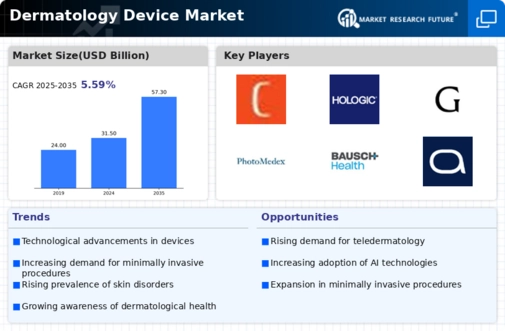
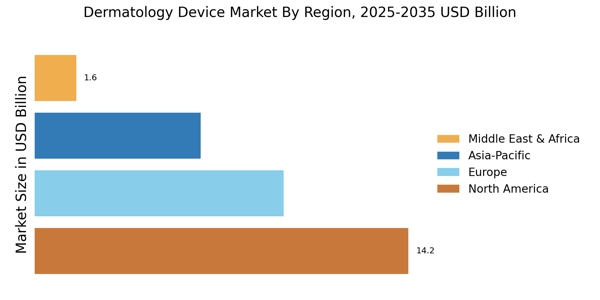
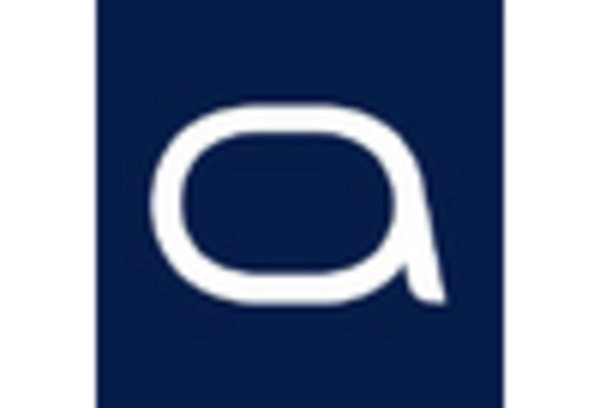
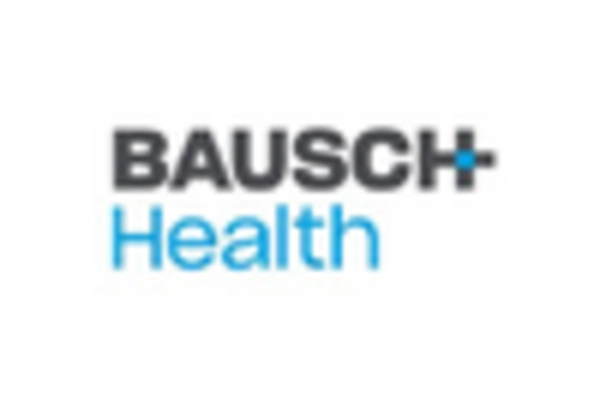
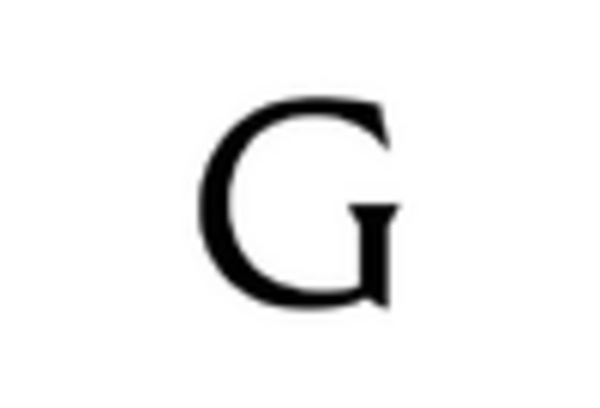
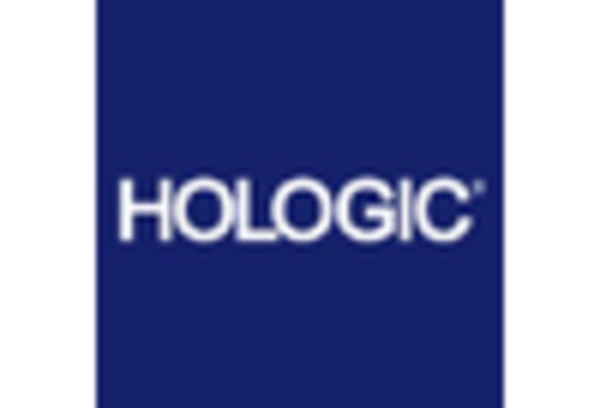
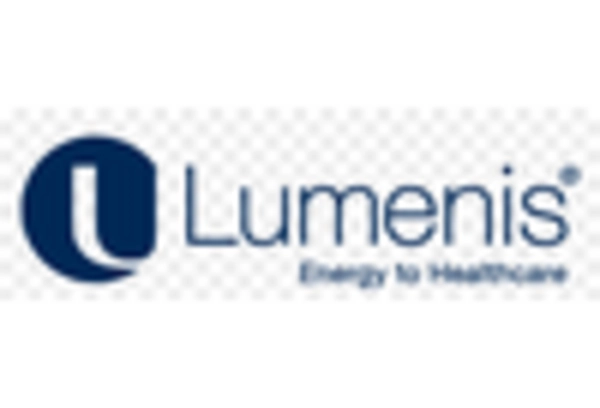









Leave a Comment